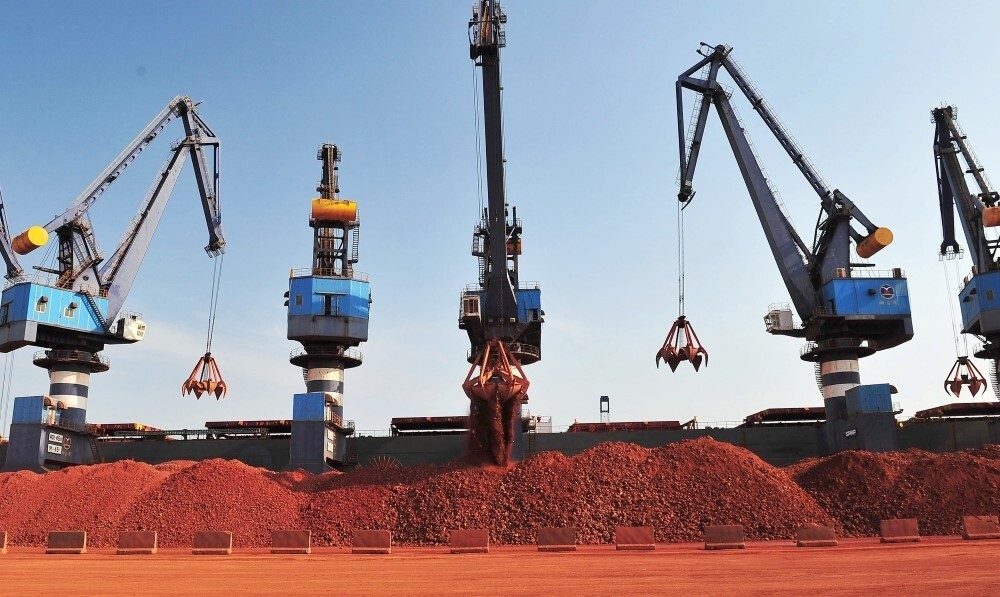

Guinea, the West African nation and the world's largest producer of bauxite, will implement its own Guinea Bauxite Price Index as its official price, which is planned to be implemented by the end of 2025.

This initiative aims to curb low transfer pricing practices that have historically stripped significant value from the nation's vast bauxite reserves. The price index will ensure greater transparency, align export values with global market realities, and boost state revenues.
The index is set to transform Guinea from a price taker to a price setter. With global demand for aluminium surging, this shift is both timely and strategic. International miners operating in Guinea must now prepare for a new era of accountability. The world will be watching as Guinea asserts control over its bauxite destiny.
Predictive analysis
The implementation of the Guinea Bauxite Index is a game-changer for both Guinea and the global bauxite industry. Here's why it's important and how it may impact the sector:
Why it's important
Will curtail transfer pricing mismanagement: By setting a transparent benchmark, this aims to prevent multinational companies from under-invoicing exports to affiliated entities abroad, a common tactic to shift profits and avoid taxes.
Will boost national revenue: A fair and standardised pricing mechanism ensures Guinea receives its rightful share from bauxite exports, increasing tax and royalty collections.
Will strengthen sovereignty: It marks a crucial step in Guinea asserting control over its natural resources and aligning its mining policies with national development goals.
Potential impacts on the sector
Higher operating costs for miners: Companies may face increased costs if they're required to pay royalties and taxes based on higher, more accurate bauxite prices.
Re-evaluation of contracts: Long-term offtake agreements and JV arrangements may be renegotiated or reassessed under the new pricing norms.
Increased investor caution or shift in strategy: While some investors may become more cautious, others may see it as a sign of regulatory maturity and long-term stability.
Precedent for other nations: Guinea's move may inspire other resource-rich nations to develop their own commodity price indices to avoid value erosion and assert better control over their mineral wealth.
In essence, the price index could signal a paradigm shift in how emerging economies approach resource governance in the mining sector.
Worldwide bauxite production is projected to grow significantly in 2025, representing a compound annual growth rate (CAGR) of 2.85 percent from 2020 to 2025. The growing demand for aluminium products primarily fuels the rise in production.
Guinea accounts for a substantial portion of the total global bauxite supply in 2024, reaching 131 million tonnes of production. However, global supply chain disruptions in 2024 have significantly impacted bauxite availability, stemming primarily from geopolitical tensions, labour strikes, and fluctuating demand from the aluminium industry.
Image credit: Reuters
Responses








